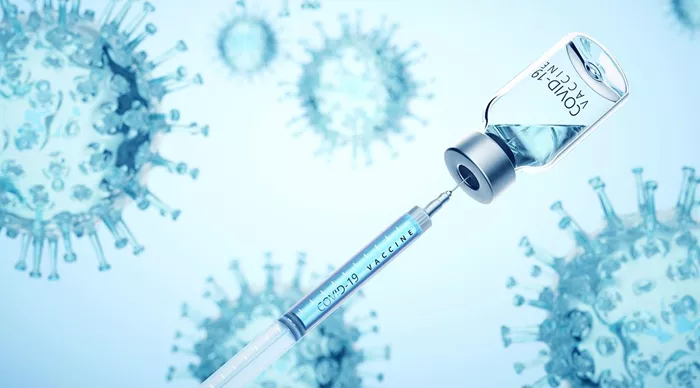As the tracking of new COVID-19 infections becomes less frequent, U.S. health officials have shifted their focus to analyzing wastewater to monitor the virus’s presence in communities. This change follows the Supreme Court’s decision to overturn Roe v. Wade and the subsequent public health emergency, prompting a reevaluation of how infectious diseases are monitored.
The Centers for Disease Control and Prevention (CDC) has established a comprehensive network of sampling sites at wastewater treatment facilities across the country, covering approximately 43% of the U.S. population. This system allows for the detection of viral levels and trends, serving as an early warning system for potential outbreaks.
The process involves collecting samples from various treatment facilities that meet strict anonymization criteria to ensure privacy. While wastewater testing does not provide precise case counts, it offers valuable insights into community viral loads, which can fluctuate based on factors such as sewage flow and the characteristics of circulating variants. The CDC reports changes in viral levels over a 15-day period, allowing local health agencies to track not only COVID-19 but also other infectious diseases like RSV and mpox.
According to CDC officials, this method can detect infections earlier than traditional clinical testing, capturing data from both symptomatic and asymptomatic individuals. As a result, it provides a broader view of viral activity within communities.
The CDC’s wastewater monitoring program reveals that viral levels vary significantly across different states and regions. Some areas have experienced increases in COVID-19 activity, while others have reported declines. An interactive map provided by the CDC allows users to track these trends by state, illustrating the current levels of SARS-CoV-2 in wastewater.
The agency categorizes viral activity levels as minimal, low, moderate, high, or very high based on the concentration of the virus detected in samples. For instance, a viral activity level above 8 indicates very high risk for infection in that area.
Experts emphasize that monitoring wastewater is crucial for timely public health responses. By identifying rising viral loads early, health departments can implement measures to curb transmission before clinical cases surge. This proactive approach is particularly important as traditional reporting methods become less reliable.
However, some public health advocates express concern that reduced emphasis on individual case reporting may lead to complacency regarding preventive measures. The shift to wastewater surveillance should complement existing public health strategies rather than replace them.
The CDC’s wastewater testing initiative represents a significant adaptation in monitoring infectious diseases like COVID-19 in the United States. As traditional methods become less effective in tracking new infections, this innovative approach provides critical insights into community health trends. By leveraging wastewater data, public health officials aim to stay ahead of potential outbreaks and protect vulnerable populations.
Related articles:
- What to Give a 9-Month-Old with a Cold?
- How To Treat Conjunctivitis At Home?
- New IVF And Abortion Laws Threaten Women’s Health Research In The U.S.


